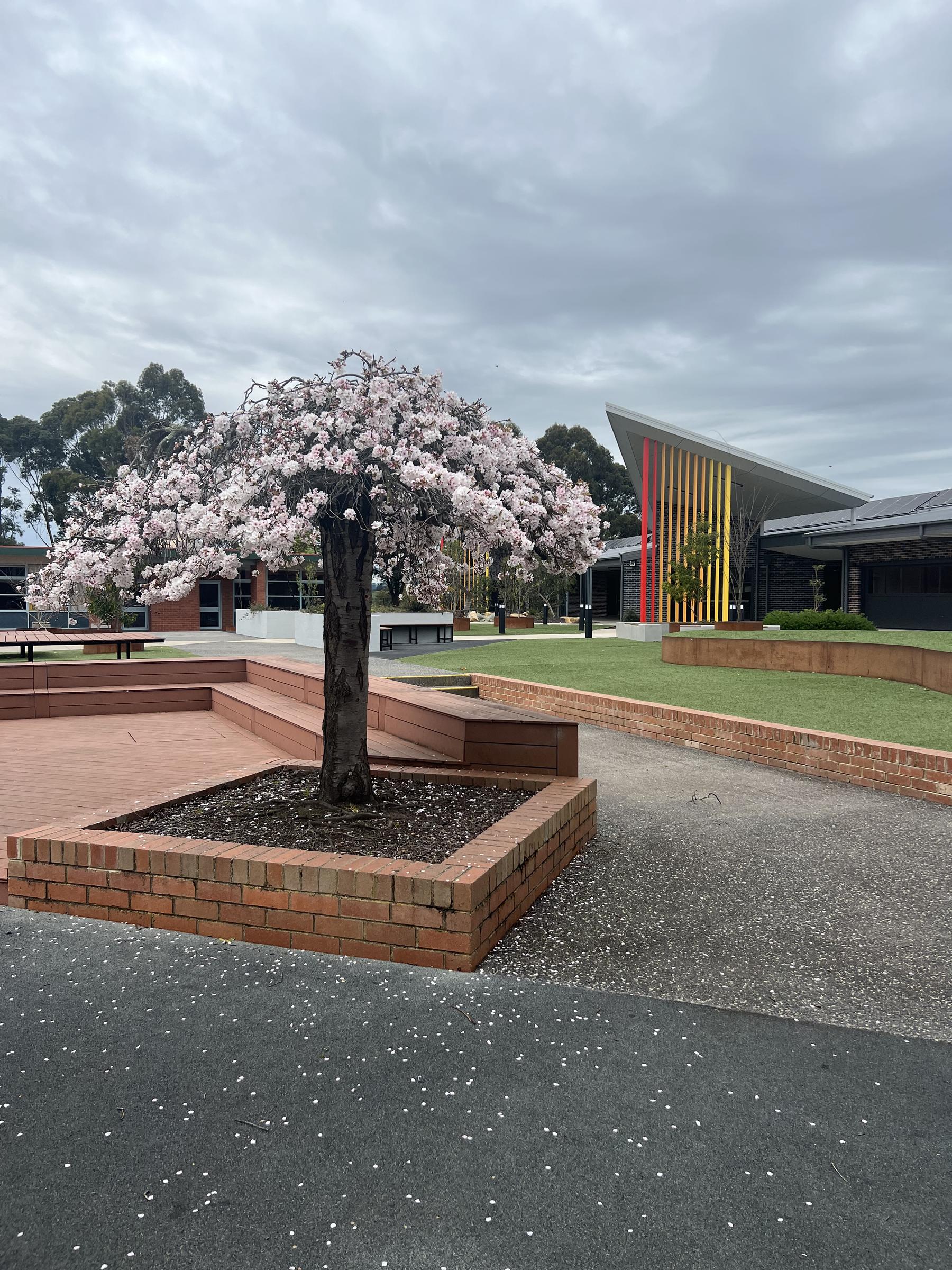Wellbeing
Mr. John Ryan - Deputy Principal

Wellbeing
Mr. John Ryan - Deputy Principal
Updated Bullying Interventions at Mary MacKillop Catholic Regional College
In the previous College newsletter published in June, it was outlined that the College was redeveloping the Anti Bullying and Bullying Prevention Policy. This policy is now available for your reading and perusal on the College website. One of the outstanding features of this policy is the clear list of definitions given to bullying.
The abridged list of definitions can be read below.
DEFINITIONS
4.1 Bullying: is repeated unreasonable behaviour directed towards a person, causing fear, distress or harm that involves an imbalance of power.
4.2 Cyberbullying: the ongoing abuse of power to threaten or harm another person using technology.
4.3 Direct bullying: behaviour that hurts, harms, or humiliates and is overt, obvious, and apparent to anyone witnessing it.
4.4 Exclusion bullying: deliberately and continuously being left out of activities.
4.5 Extortion bullying: physically stronger and more powerful students may bully other students into giving up their possessions, buying food and drink, or taking part in rule-breaking activities.
4.6 Gesture bullying: non-verbal signals used to silence and intimidate a victim.
4.7 Indirect bullying: behaviour that hurts, harms, or humiliates, which is often covert, subtle, and not always immediately acknowledged as bullying.
4.8 Physical bullying: pushing, shoving, fighting, pinching, damaging, stealing or hiding personal belongings and any other unwelcome physical contact used intentionally to intimidate or hurt someone.
4.9 Psychological bullying: words or actions are used to cause psychological harm.
4.10 Harassment: when a person is treated less favourably based on certain protected attributes, such as race, religion, sex, age, disability, medical conditions, sexuality, gender identity or intersex status.
4.11 Sexual harassment: touching, sexually-orientated jokes, drawings of, or writing about someone’s body, using rude names or commenting about someone’s morals, unwanted invitations of a sexual nature, and continuously asking questions about someone’s private life.
4.12 Verbal bullying: put-downs, particularly those referring to physical characteristics, can result in loss of self-esteem. Racial discrimination or any kind of discrimination based on age, sex, gender, disability, belief or culture is a form of bullying.
4.13 Visual bullying: offensive notes or material, graffiti, or damaging other people’s possessions.
Bullying Reporting Tool
The College maintains records of all incidents related to social behaviour. Easily found on the College website is the bullying reporting tool. It can be downloaded for parent use.
Late-to-Class Protocols
A new initiative in the College is to extrapolate the data available to assess how late a student enters an academic period of instruction. Data collated is reviewed on a weekly basis. If a student amasses more than 50 minutes or one period of academic instruction the student will be asked to complete academic, make-up time with the Deputy of Wellbeing Students and Staff or the Pastoral Care Leader of the College. Using data analytics data, students will then be instructed to complete unfinished set work. Parents will be notified if their child has amassed 50 minutes of late time.
This initiative serves several purposes.